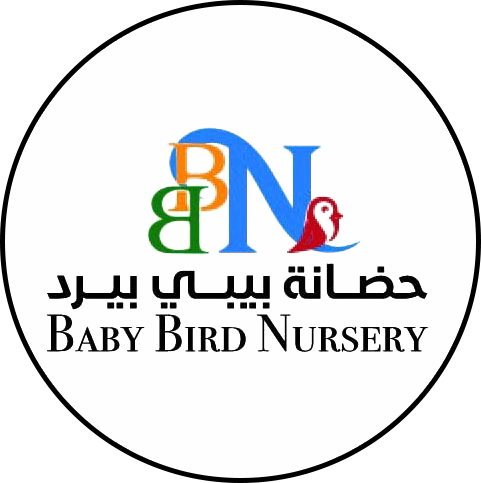The Creative Curriculum
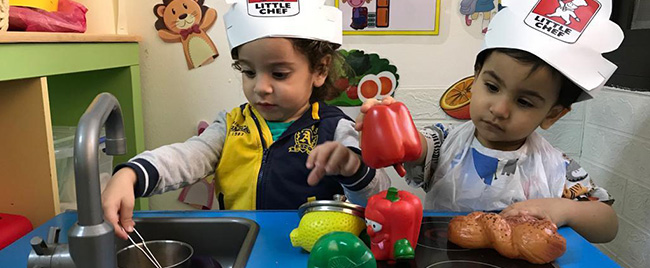
Baby Bird Nursery follows the Creative Curriculum which has evolved over the last 25 years and it offers a comprehensive research based curriculum that helps educators to plan and implement a developmentally appropriate content rich program for children from different backgrounds and skill levels.
The Creative Curriculum balances both teacher-directed and child-initiated learning, with an emphasis on responding to children’s learning styles and building on their strengths and interests. This curricula applies the research on best practices in teaching and learning and the content standards developed by states and professional organizations. While keeping the original environmentally-based approach it clearly defines the teacher’s vital role in connecting content, teaching, and learning for preschool children. It features goals and objectives linked directly to our valid and reliable assessment instrument.
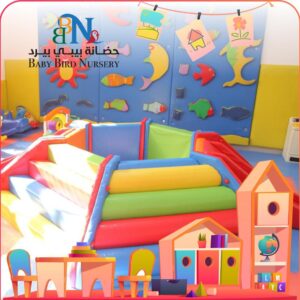
The Creative Curriculum for Preschool translates new research and theory from the field of early childhood education into a practical, easy-to-understand approach to working with children and their families. It is a comprehensive curriculum with a clear organizational structure and a particular focus on interest.
The Creative Curriculum enhances social/emotional, physical, cognitive and language development. Children do not master a skill at once, each objective has three steps that illustrate the typical sequence of development. A special category called forerunners helps you look at emerging behaviors for each objective and enables you to assess all children’s learning and development, including those with developmental del.
What Children Learn
The Creative Curriculum identifies the knowledge, skills, and concepts important for preschool children to acquire in each content area: literacy, math, science, social studies, the arts and technology.
We describe the key components of these content areas:

- Literacy: vocabulary and language, phonological awareness, letters, words, print, comprehension, books and other texts and sources of enjoyment
- Mathematics: numbers; patterns and relationships; geometry and spatial awareness; measurement; and data collection, organization and representation
- Science: physical science, life science and earth and the environment
- Social Studies: spaces and geography, people and how they live, people and the environment and people and the past
- The Arts: dance, music, drama and the visual arts
- Technology: awareness of technology, basic operations and concepts, technological tools and people and technology
The Teacher’s and Babysitters Role
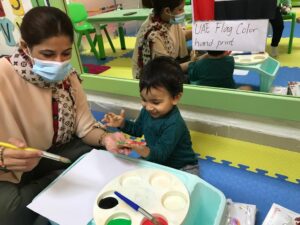
The Creative Curriculum describes the teacher’s role as an ongoing cycle of observing children, guiding their learning, and assessing their progress. We show you how to motivate children, build on their prior knowledge and strengths, and support their learning in an intentional way by using a variety of strategies to increase their knowledge, skills, and understandings.
You will find out how to use assessment information to guide children’s learning throughout the day: during large- and small-group times, routine times, long-term studies and in interest areas.
The Family’s Role
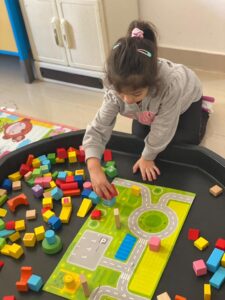
Home and school are a young child’s two most important worlds. Children must bridge these two worlds every day. If home and school are connected in positive and respectful ways, children feel secure. However, children suffer when the two worlds are at odds because of apathy, lack of understanding, or an inability to work together. Teachers can build a true partnership when they truly value the family’s role in a child’s education and recognize how much they can accomplish by working with families.
The Creative Curriculum provides our Management, teachers and babysitters with guidance on getting to know families, welcoming and communicating with them regularly, partnering for children’s learning, and responding to challenging situations.
Our Learning Environment
All our classrooms set the conditions for teaching and learning. The Creative Curriculum shows you how to:
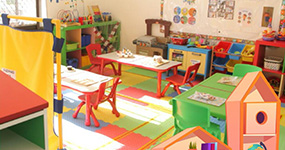
- set up the physical environment and maintain interest areas
- establish a classroom structure that includes the daily routine and schedule, choice times, and small- and large-group times
- create a classroom community that promotes positive relationships and
- where children make friends and learn social problem-solving skills
Interest Areas
The physical space of The Creative Curriculum classroom is organized into various indoor interest areas:
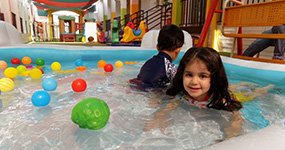
Blocks, Dramatic Play, Toys and Games, Art, Library, Discovery, Sand and Water, Music and Movement, Cooking
These various indoor interest areas plus the outdoor space offer multiple opportunities for children to explore, discover, and learn. Interest areas provide a setting for children to learn academic content and apply skills.
Development Goals
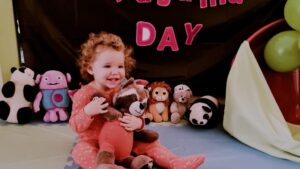
Our Curriculum identifies the following goals in all areas of development:
Social
Helping children feel comfortable in school and to trust their new environment, make new friends and feel free to enjoy being a part of a group.
Emotional
Helping children experience pride and self- confidence, develop independence and self-control and develop a positive attitude towards life.
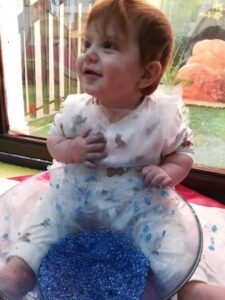
Cognitive
Helping children become positive learners by letting them try out their own ideas and experience success as well as helping them acquire learning skills such as the ability to solve problems, ask questions and use words to describe their ideas, observations and feelings.
Physical
Helping children increase their small and large muscle skills and feel comfortable with what their bodies can do.

Character Development Sessions
As we mentioned before children learn by seeing and doing, our children will follow the way the we (parents, families and school staff) carry ourselves and how we communicate with others whether be it in a home environment, school or public area. This is something we encourage the parents to instill and also do at home.
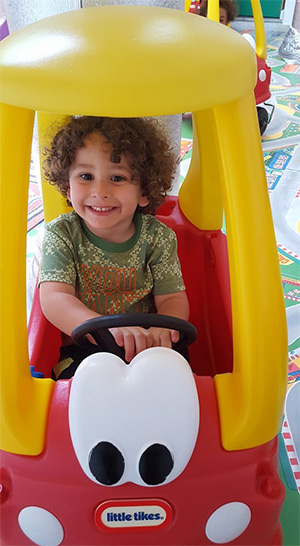
Respect
Preschoolers are at a stage where their ability to communicate is still developing and their actions tend to be impulsive. The best way to teach them respect at this stage is to model respect in our own behavior. Saying “please” and “thank you”, to others within and outside the classroom whilst our preschooler observes us.
Honesty
Preschoolers lie, it’s not to be intentionally resistant. Remember, preschool children don’t think the way adults do. Children will often lie because they like to use their active imaginations to create fantasies or to avoid punishment. One way we teach honesty is by explaining to our children the way honesty works, mistakes and accidents happen, and that’s OK, but it’s not OK to lie about the mistake or accident. An example, if your child takes a toy from day care or the playground that belongs to someone else and then lies about taking the toy, explain to him or her that it is not OK to take someone else’s things, and it’s also not OK to lie about it.
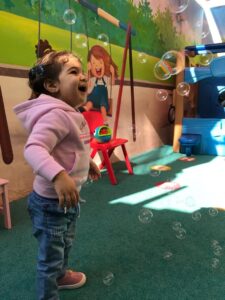
Responsibility
Preschoolers love to feel like they are the boss of something, so teaching responsibility is often one of the best character trait lessons parents and teachers can offer. Giving your preschooler a reasonable chore in the home, such as helping you set the dinner table or cleaning they play area when they have finished helps develop responsibility. Charts are an effective way to teach your child responsibility and accountability.
Fairness
We also teach our preschoolers fairness. Modeling the type of behavior you want to see in your child is one of the strongest lessons we can teach. We try and use everyday opportunities to teach our children to be fair by teaching to share toys for an equal amount of time among friends. We also use stories and movies to reinforce lessons on being fair toward others which help a lot.
Food Suggestions
Food Groups for Breakfast and Lunch Suggestions for Preschoolers:
 Grains and Grain Products
Grains and Grain Products
1 Slice of Toast
1 small Arabic Bread
½ bowl of Cereal (e.g Cornflakes)
½ bowl Oats
½ cup rice
½ cup noodles/pasta
½ bowl unsalted unbuttered popcorn
1 small hamburger bun
 Vegetables
Vegetables
1 bowl salad
1 bowl cooked vegetables
1 bowl grilled vegetables
1 baked potato
1 whole corn
¾ cup of carrot juice
¾ cup tomato juice
1 cup vegetable juice
 Meat, Fish, Eggs, Beans and Nuts
Meat, Fish, Eggs, Beans and Nuts
1 boiled egg
1 small burger
1 small grilled chicken breast
1 piece baked or grilled meat
2 slice turkey
1 tablespoon peanut butter
Handful of nuts
1 cup of beans (lentils or foul or hares or beans)
 Milk and Dairy Products
Milk and Dairy Products
1 cup low fat milk
1 cup low fat yoghurt
1 cup low fat Laban
2 Tablespoons of Labneh
2 slices of cheese
2 triangle cheddar cheese
2 pieces white cheese
1 scoop ice cream
 Fruits
Fruits
1 medium apple
½ banana
1 medium orange
I pear
2 small pieces of watermelon
½ a mango
4 pieces of pineapple
1 cup grapes
¾ cup of fruit juice
